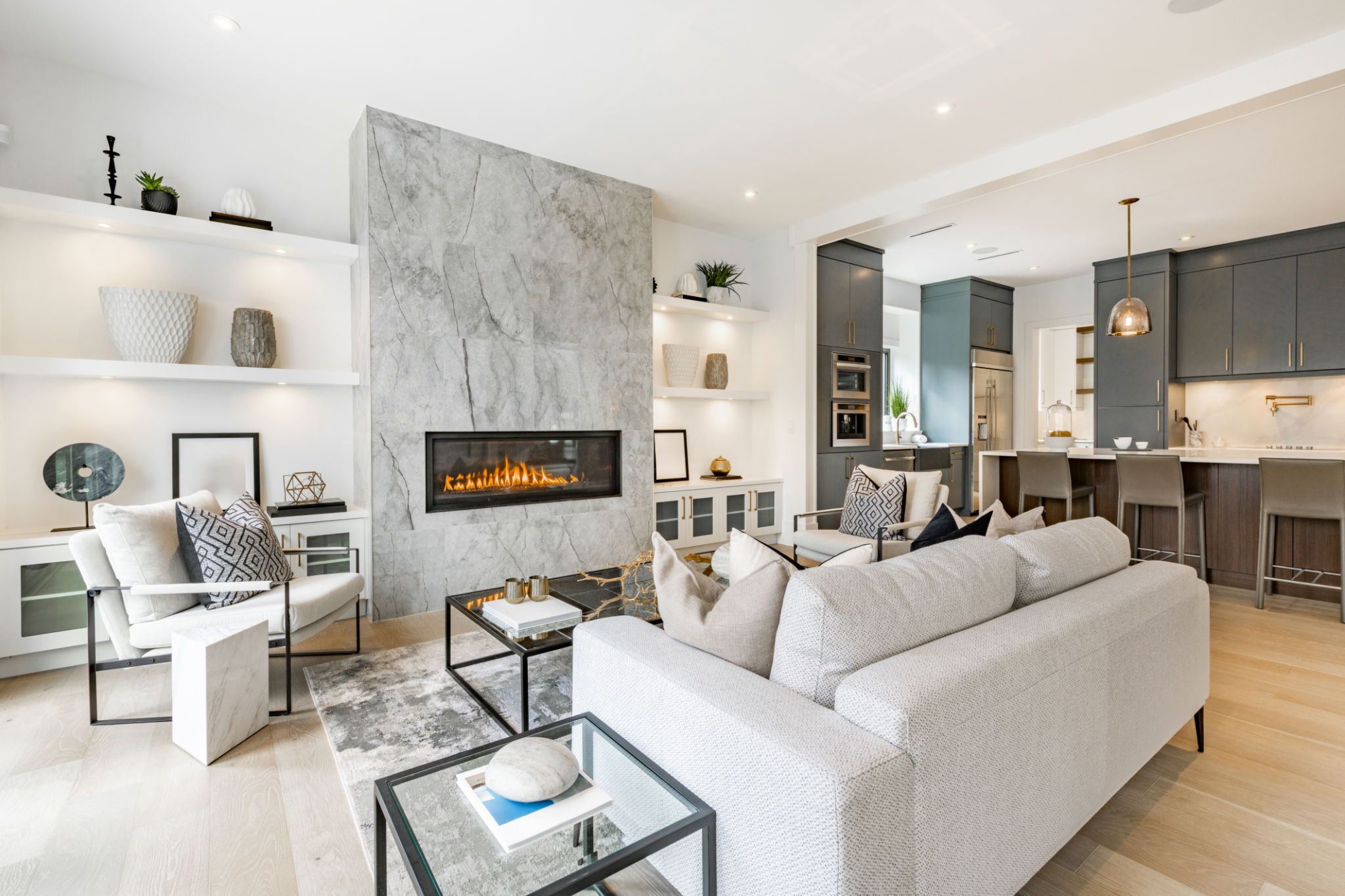How to Choose the Right Paint Color for Your Singapore Home
Understanding the Basics of Color Theory
Choosing the right paint color for your Singapore home can be a daunting task, but understanding the basics of color theory can make the process more manageable. Color theory revolves around the color wheel, which consists of primary, secondary, and tertiary colors. By familiarizing yourself with complementary, analogous, and monochromatic color schemes, you can create a harmonious look that enhances the aesthetic appeal of your home.

Consider the Lighting in Your Home
The lighting in your home plays a crucial role in how paint colors appear on your walls. Natural light, fluorescent lighting, and incandescent bulbs can all alter a paint's appearance. For instance, natural light tends to be cooler and can make colors appear more vibrant, while artificial lighting may cast warmer tones. Observe how different lighting conditions affect your color choices at various times of the day before making a decision.
Complement Your Existing Décor
When selecting paint colors, consider the existing elements in your home such as furniture, flooring, and artwork. Coordinating your wall colors with these elements can create a cohesive look throughout your space. If you have a neutral palette, you might want to introduce a pop of color for visual interest. Conversely, if your furniture is bold and colorful, a more subdued wall color may be appropriate.

Choose Colors that Reflect Your Personality
Your home is a reflection of your personality, so choose colors that resonate with you and make you feel comfortable. If you're drawn to calm and serene environments, soft blues or greens might be ideal. For those who love drama and sophistication, deep reds or purples could be the perfect choice. Consider how different colors make you feel and select those that contribute to the desired ambiance in each room.
Start Small Before Committing
If you're unsure about committing to a particular color, start small by testing it in a less conspicuous area or using it as an accent wall. This approach allows you to live with the color for a while and see how it complements other elements in the room. Paint samples are a cost-effective way to experiment with different hues without making a large commitment.

Think About the Room's Purpose
Different rooms serve different purposes, and your color choices should reflect this. For example, tranquil blues or greens are often recommended for bedrooms to promote relaxation and restful sleep. On the other hand, vibrant yellows or warm oranges can energize a kitchen or dining area. Tailoring color choices to the function of each room can enhance its usability and appeal.
Consult Color Trends but Trust Your Instincts
While it's beneficial to be aware of current color trends, it's equally important to trust your instincts and personal preferences. Trends come and go, but your home should ultimately reflect what makes you happy. Consider incorporating trendy colors in small doses through accessories or accent walls if you're cautious about them becoming outdated quickly.

Seek Professional Guidance if Needed
If you're feeling overwhelmed or unsure about your choices, consider seeking professional guidance from an interior designer or color consultant. These experts can provide valuable insights into color selection and help you achieve a cohesive look that aligns with your vision. Investing in professional advice can save time and prevent costly mistakes in the long run.
